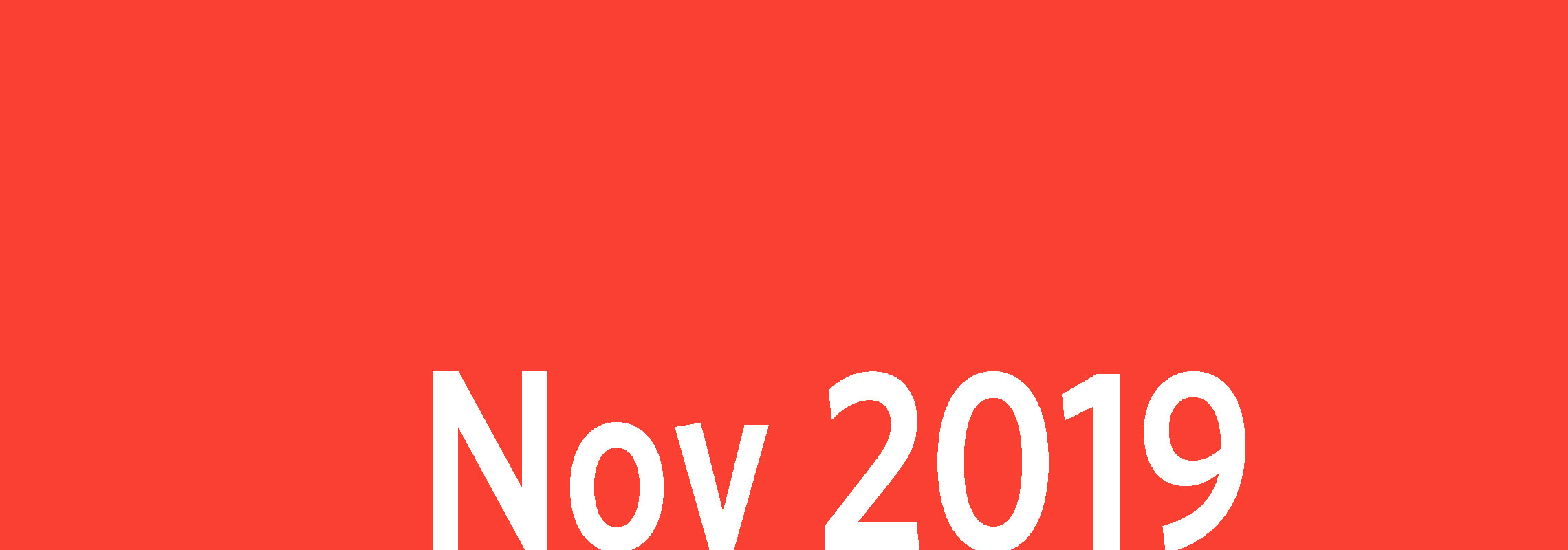By Eric West, AIA, AIA Minnesota President
Architecture is informed by an incredibly wide range of issues. Art, science, economy, life safety, technology, business, politics and acts at scales ranging from the individual home to the city…which is what many of us find so alluring about the practice of architecture. That said, to be truly effective we often find that we need to focus on a particular issue to allow ourselves to be more than a mile wide and an inch deep. To develop a competitive advantage and to be more effective, we tend to focus on certain issues, while still having an understanding and a competency with all of the other aspects of the profession.
The same paradigm exists at AIA Minnesota. We have committees and knowledge communities that support the full breadth of our profession with passion and leadership. The question for our organization is where to focus greater attention with the inherently limited time and resources of our staff and volunteers. What issues will we prioritize and support with additional focus? To date this question has been answered by our 2018-2020 plan. We are nearing the conclusion of that plan and are happy to report that we have made tremendous progress. As we look to the future, we will build on past efforts, and will make adjustments based on assessments of the current environment, emerging challenges, and input from you – our members.
There are two successes born out of our current strategic plan, and one criticial challenge that I would like to highlight in this newsletter.
One key success has been our ability to grow our connections and influence at the State Capitol. Our government affairs team – our lobbyist, our volunteers and staff member Sheri Hansen – have been more active than ever at the Capitol, testifying on issues ranging from climate change to affordable housing. Their efforts have grown our influence and the value of the architect’s voice at the Capitol.
Another great success is the progress being made to grow our public programming – similar to that of “centers for architecture” across the nation and the world. We are focused on creating the infrastructure to provide regular, relevant programming that inspires agency and accelerates action to create a better built environment – one that reduces negative climate impact, advances equity, and enhances the human experience.
Finally, the challenge. As an organization we have been making progress on sustainable, resilient, regenerative design. We have members who are seen as leaders in the nation on these issues. With input from members and other collaborators, we developed the 21st Century Development program, which leverages the Living Communities Framework and makes it actionable. And, as mentioned earlier, our work at the State Capitol and in public programming focused on climate change is growing. This said, we must do more. AIA Minnesota can become a leader on climate action, at the state and local levels, and we can work to shift the conversation nationally, as well.
In the past, we resisted taking a stronger position on climate change because we did not want to risk offending members by stepping into what some consider a political debate. Thankfully, our AIA Minnesota board, our local AIA boards, and AIA national no longer see addressing climate change as a political issue – we recognize it as an issue of the environment and the built environment that has been politicized. We have the unique capacity, and the ethical responsibility, to do our best to de-politicize the issue and use our skills and talents as architects to combat climate change. We have to be bold, we have to go deeper on this issue, if we are going to have real impact. And the time for action is now.
How will we do so? What are we willing to let go of, to do differently in order to focus more time, energy and dollars on climate action, while continuing to lead on equity and to serve the breadth of the profession? As we look forward in our strategic planning efforts and decisions around allocation of resources, we will be asking for your input, your insights, and your engagement. If you have thoughts and ideas in the meantime, please share them! Please feel free to reach out to me, Mary-Margaret, or any of our staff or board members. We look forward to seeing and hearing from you at the A’19 conference.


